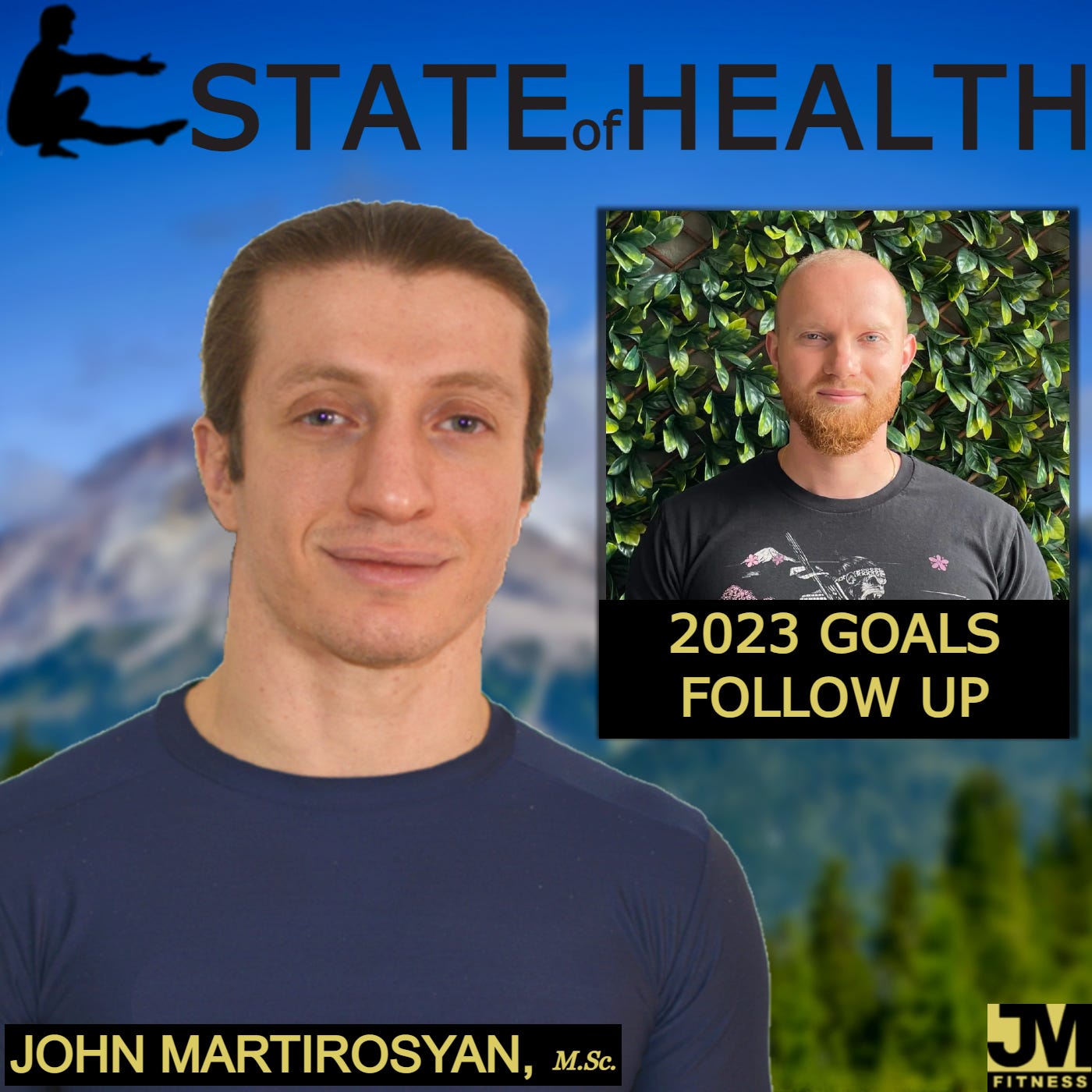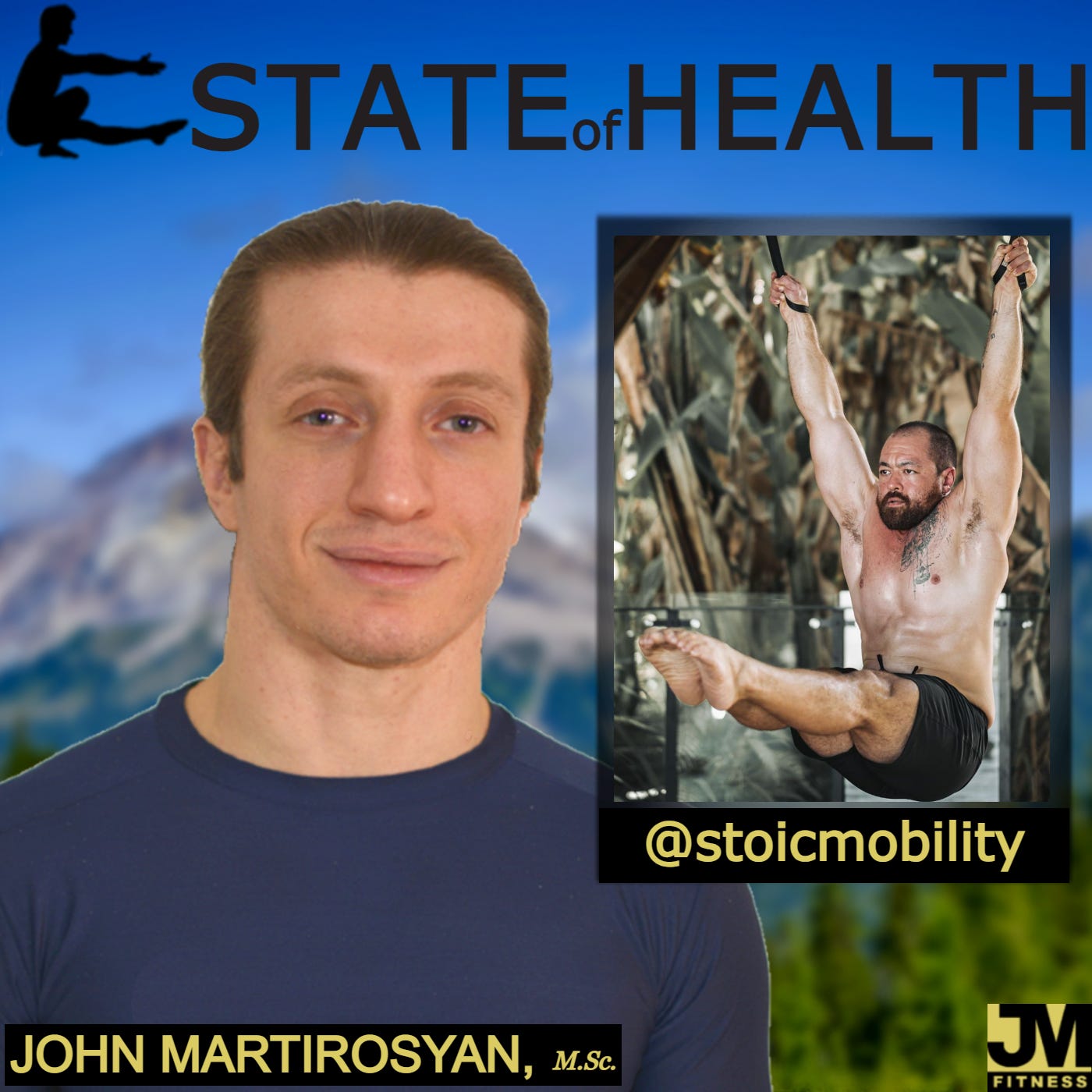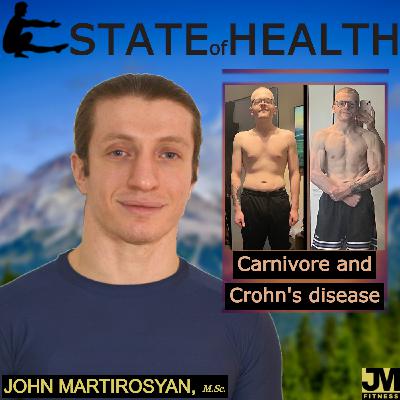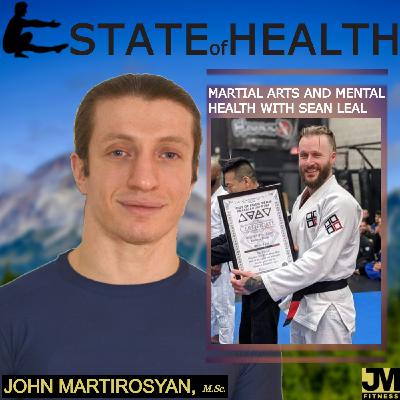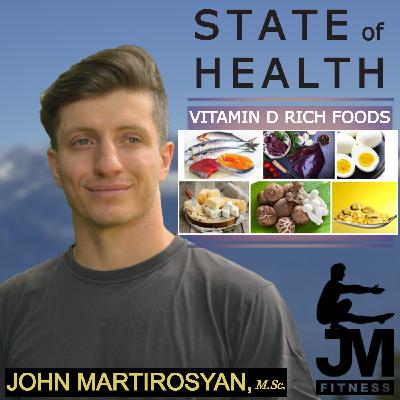State of Health Podcast #22: How to Run a Half Marathon in Under 2 Hours
Description
Introduction
Hey friends and fam, it’s J-Mart and this is State of Health. Today we're delving into the journey of my 2023 New Year's resolution to run a half marathon in 2 hours or less (meaning a pace of 5:42 min/km or faster) without incurring an injury. Why, you might ask? Well, besides the typical "new year, new me" vibe, I decided to take up running as a strategic move to improve my endurance for when I’m playing Brazilian Jiu-Jitsu. I wanted to use cross-training to boost my performance on the mats, and what better way than getting outside and clocking in kilometers?
Now, let's rewind a bit. About a decade ago, I took a swing at a full marathon, but due to lack of appropriate preparation I had to throw in the towel at the 30 km mark. Fast forward to today, and the half marathon became the first step of a multi-year plan to take another shot at that elusive full marathon. Join me as I share the details of my training process and the lessons I learned, the race day experience, the results and my insights.
Background
Before we dive into the specifics of my half marathon training, let’s quickly go over how I arrived at this particular goal. Quick shout-out if you’ve already listened to my State of Health #19 podcast with my personal trainer friend Daniel Yores where we talked about our fitness goals for 2023, why we wanted to go for those goals specifically and how we planned to accomplish them. Despite having different objectives, our approaches were surprisingly similar. You can catch the full podcast and glean some actionable fitness advice by clicking here. It's worth a listen for some fitness inspo!
Specifically, my goal was to run the Toronto Waterfront Half Marathon in 2 hours or less without hurting myself. Beyond the finish line, this goal was about enhancing my cardiovascular fitness to up my game in Brazilian Jiu-Jitsu. Running was simply the method I used to boost my endurance, a key player for success on the Jiu-Jitsu mats. Running was also a good fit specifically for me because of my previous failed attempt at running a full marathon. My last attempt was a rushed endeavor, lacking the depth of knowledge on effective training strategies. The completion of a full marathon is an unfinished chapter of my life that I wish to close by applying my newly acquired knowledge to train effectively and efficiently and being wise enough to have a multi-year approach to ensure that I’m fully prepared. 2023 was the year of the half marathon and 2024 will be the year to complete a full.
Now, let's talk about how I came up with this goal specifically. Well, I applied the SMART goal approach. SMART is an acronym for Specific, Measurable, Achievable, Realistic and Timely. It is used to guide goal setting to make sure goals are clear and reachable. Let’s go over it together.
Specific: I defined who, what, when, where, and why. The goal had clear answers for all these questions.
Measurable: I set clear metrics – 21.1 km, aiming for less than 2 hours, and steering clear of injuries.
Achievable: Many others have accomplished a similar goal successfully. I've got resources such as trails nearby and home training equipment and the knowledge and plan to do the same.
Realistic: With a generous 7-month timeline I felt confident I would be prepared even while training Brazilian Jiu-Jitsu more frequently than running.
Timely: The Toronto Waterfront race day was scheduled for October 15th. It lit a fire under me, keeping the goal time-bound.
Besides my previous training experience, I had two new influential figures shaping my running training, David Weck and Dr. Matt Minard. David Weck, the man behind the BOSU ball, has been a digital mentor of mine for a few years as I’ve followed him on Instagram (@thedavidweck) and slowly absorbed the concept of the spinal engine for balanced locomotion. Dr. Matt Minard, on the other hand, a Physical Therapist who I came across on Instagram (@learn.2.run) at the beginning of this year, taught me to economize movement to maximize distance. I’ll get more specific about exactly what techniques I learned from each individual later on in the post/podcast.
Training
In crafting a plan to run the Toronto Waterfront Half Marathon in two hours, I divided my training into four phases spanning seven months. During the initial phase, lasting two months, my focus would be on building a robust foundation. The plan was to do weight training 2-3 times a week and start a consistent running routine, gradually increasing distance from 5 to 10 km. The plan for the subsequent phase was to discontinue weight training to focus on increasing the distance of runs to 15 km in one run and 21 km accumulated in one week. Next, I would transition to a six-week speedwork and peak training phase by adding hill sprints and completing at least one slow 21 km run outside of the 2 hour limit. Finally, the last phase of the plan was a 2 week tapering phase aimed to optimize readiness by reducing mileage.
Half Marathon Training Plan
4 phases: 7 months
Phase 1: Build Foundation- 8 weeks
Phase 2: Build Endurance - 12 weeks
Phase 3: Speedwork and Peak Training - 6 weeks
Phase 4: Taper - 2 weeks
Build Foundation - 8 weeks
* Build muscular endurance for major leg muscles (quads, hip flexors, glutes and adductors) with strength training ideally 2-3x per week 20-30 minute sessions
* Get body used to running (tissue resiliency)
* Establish a consistent running routine of short runs ideally 2x per week
* Gradually increase running distance of one of the runs from 5 to 10 km by the end of the phase
* Don’t worry about speed, do easy recovery jogging, conversational pace to keep runs in Zone 2 (60-70% of your maximum heart rate, 190 max HR - 114-133)
Build Endurance - 12 weeks
* Maintain running routine and add short runs when schedule allows
* Focus on building cardiovascular fitness with at least 1 long distance run (10-15 km) per week
* Increase weekly mileage to 21 km by the end of the phase
* Keep runs in Zone 2
Speedwork and Peak Training - 6 weeks
* Incorporate hill sprints into running routine at least 1x per week
* Keep 1 long distance run per week at Zone 2 pace
* Complete one 21 km run in over 2 hour time limit by end of the phase
Taper - 2 weeks
* Reduce weekly mileage and distance of individual runs to 5 km or less at Zone 2 pace
Putting theory into action, I started the Foundation phase in early March with these short strength training sessions minimum 3 days a week.
App:
A. Squat to forward fold 1x10
B. Downward dog to upward dog 1x10
Main: (pick one)
A1. Weighted squat variation 3x15-20
A2. Weighted lunge variation 3x10-15/side
B. KB Swing variation 3-10x10
or
A1. Weighted deadlift variation 3x15-20
A2. Weighted single leg squat variation 3x10-15/side
B. KB clean/snatch variations 3-10x10
Dessert: (pick one)
A. Calf raise variation 1x20-100
B. Tibialis raise variation 1x20-100
or
A. Hip flexor raise variation 1x20-100
B. Hamstring curl variation 1x20-100
The program primarily aimed to build muscular endurance and enhance tissue resilience, focusing specifically on lower body joints. I accumulated a high volume by programming high rep ranges for bilateral and unilateral squats, deadlifts and lunges. I varied training speeds by combining slow and controlled movements with explosive kettlebell swings, cleans and snatches. Each session concluded with two max effort single joint exercises targeting either ankles, knees or hips. These workouts were designed to be time-efficient, considering my constrained schedule. Additionally, I performed a daily set of 100 bodyweight squats and incorporated supplementary stretches for leg muscles as needed. Here is a list of the key stretches I employed:
Stretches: 3 x 60-120 seconds
Couch stretch for quads and hip flexors
Forward fold for hamstrings
Pancake for adductors
Pigeon for glutes
Downward dog and half kneeling lunge for calves
In less than four weeks I was starting to feel the effects of strength training on my body which coincided with a significant improvement in the weather allowing me to begin outdoor runs. I went on my first run on March 24th, initiating a sequence of 22 slow training runs, interspersed with four hill sprints in the Peaking phase. My preparation also encompassed a short trail run organized by 5 Peaks Adventures, all leading up to the half marathon on October 15th.
Throughout the 7 months, I maintained a rhythm of about one run per week which was less than ideal but proved sufficient for my needs while also accommodating my twice-weekly commitments to Jiu-Jitsu. I strategically expanded the distance covered during my runs by incorporating 'consolidation' runs of similar or shorter distances. Notably, I increased the distance immediately after a single consolidation run five times and after two consolidation runs four times.
My average pace during runs was intentionally slow, aligning with my goal of completing the half marathon without incurring an injury. Risk of injury is always higher at higher speeds so I remained slow. I also determined that I would follow the 80/20 principle and use 80%




